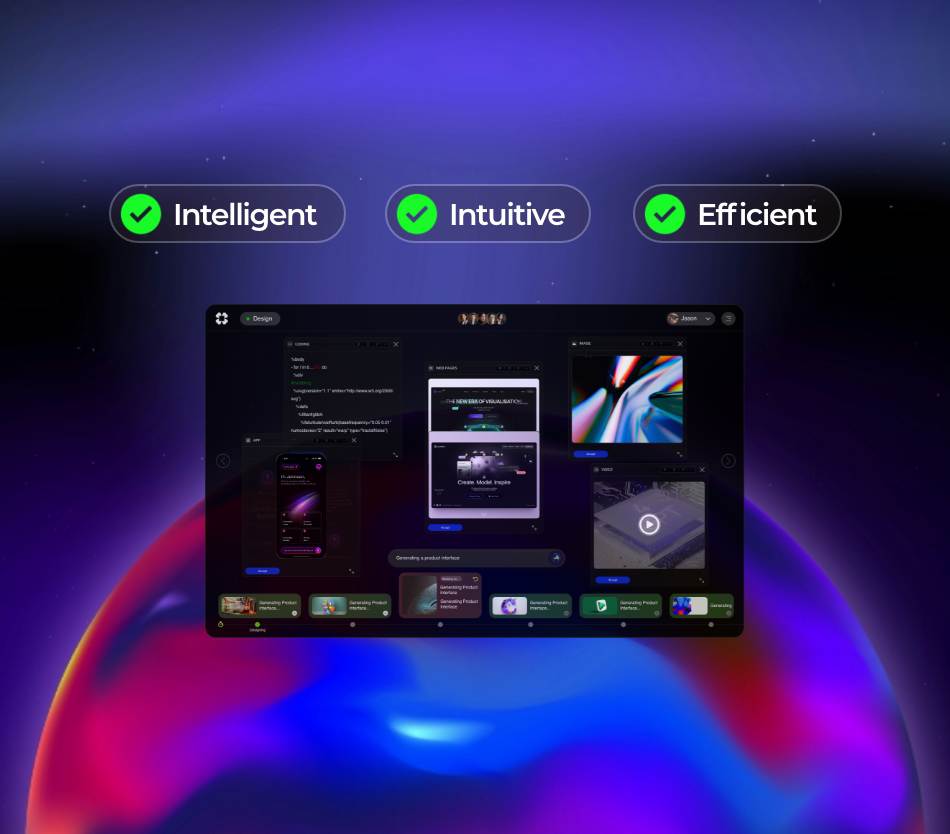The financial industry is undergoing a seismic shift, driven by advancements in artificial intelligence (AI). Among the most promising applications of AI is financial forecasting, where algorithms analyze vast amounts of data to predict market trends and investment opportunities. This article explores the latest news, trends, and solutions in AI for financial forecasting, highlighting industry applications, technical insights, and real-world use cases.
.
**Understanding AI in Financial Forecasting**
AI for financial forecasting involves the use of machine learning algorithms and data analytics to predict future market behavior. Traditional forecasting methods often rely on historical data and human intuition, which can be limited and prone to errors. In contrast, AI leverages vast datasets, including market trends, economic indicators, and even social media sentiment, to generate more accurate predictions.
.
The integration of AI into financial forecasting has become increasingly important as markets grow more complex and interconnected. According to a report by McKinsey & Company, financial institutions that adopt AI can improve their forecasting accuracy by up to 30%. This improvement can lead to better investment decisions, optimized risk management, and enhanced customer satisfaction.
.
**Current Trends in AI for Financial Forecasting**
Several key trends are shaping the landscape of AI in financial forecasting:
1. **Increased Use of Big Data**: Financial institutions are harnessing big data to drive their forecasting models. By analyzing large datasets from diverse sources, AI algorithms can identify patterns and trends that would be impossible for human analysts to detect.
2. **Natural Language Processing (NLP)**: NLP technologies, such as those developed by OpenAI, are being used to analyze unstructured data, such as news articles and social media posts. This allows financial institutions to gauge public sentiment and its potential impact on market movements.
3. **Real-Time Analytics**: The demand for real-time data analysis is growing. Financial firms are increasingly using AI to provide instant insights and recommendations, enabling them to respond quickly to market changes.
4. **Enhanced Risk Management**: AI-driven forecasting models can help institutions identify potential risks earlier and more accurately. By predicting market downturns or identifying credit risks, firms can take proactive measures to mitigate losses.
.
**Technical Insights: The Role of Machine Learning and Neural Networks**
At the heart of AI financial forecasting are machine learning algorithms and neural networks. These technologies enable systems to learn from historical data and improve their predictive capabilities over time.
1. **Machine Learning Algorithms**: Algorithms such as regression analysis, decision trees, and support vector machines are commonly used in financial forecasting. These models can analyze historical data to identify trends and make predictions about future market behavior.
2. **Neural Networks**: More advanced forecasting models utilize deep learning techniques, particularly neural networks. These networks can process complex datasets and recognize intricate patterns, making them particularly effective in predicting stock prices or market movements.
3. **Ensemble Learning**: Many financial institutions are adopting ensemble learning techniques, which combine multiple models to improve accuracy. By aggregating the predictions of various algorithms, firms can enhance their forecasting capabilities and reduce the likelihood of errors.
.
**Industry Applications of AI for Financial Forecasting**
AI is being applied across various sectors within the financial industry, including investment banking, asset management, and retail banking. Here are some notable applications:
1. **Investment Banking**: Investment banks are using AI to analyze market trends and identify potential investment opportunities. By leveraging AI-driven analytics, firms can make more informed decisions about mergers and acquisitions, capital raising, and other strategic initiatives.
2. **Asset Management**: Asset managers are increasingly relying on AI to optimize their portfolios. By using predictive analytics, these firms can assess the potential performance of different assets and adjust their investment strategies accordingly.
3. **Retail Banking**: Retail banks are implementing AI-driven forecasting models to enhance customer experience. By predicting customer behavior and preferences, banks can offer personalized products and services, improving customer satisfaction and loyalty.
.
**Real-World Use Cases of AI in Financial Forecasting**
Several companies are leading the way in implementing AI for financial forecasting. Here are a few notable examples:
1. **LumenVox**: LumenVox is a leading provider of voice recognition and natural language processing technology. The company has developed AI-driven solutions that help financial institutions analyze customer interactions and sentiment. By understanding customer preferences and concerns, banks can tailor their services and improve customer engagement.
2. **OpenAI DALL·E 2**: While primarily known for its image generation capabilities, OpenAI’s DALL·E 2 can also be utilized in financial forecasting. By generating visual representations of data trends, DALL·E 2 can help analysts communicate complex information more effectively. This can enhance decision-making processes within financial institutions.
3. **BlackRock**: The investment management giant BlackRock has integrated AI into its investment strategies. By utilizing machine learning algorithms to analyze market data, BlackRock can identify investment opportunities and optimize its portfolio management processes.
4. **Goldman Sachs**: Goldman Sachs employs AI-driven analytics to enhance its trading strategies. The firm uses machine learning models to predict market movements and optimize trade execution, allowing it to stay ahead of the competition.
.
**Challenges and Considerations in AI Financial Forecasting**
Despite its potential, the implementation of AI in financial forecasting is not without challenges. Some of the key considerations include:
1. **Data Quality**: The accuracy of AI predictions relies heavily on the quality of the data used. Financial institutions must ensure that they are using clean, reliable data to train their models.
2. **Regulatory Compliance**: The financial industry is heavily regulated, and institutions must ensure that their AI models comply with relevant regulations. This includes data privacy laws and guidelines related to algorithmic trading.
3. **Bias and Fairness**: AI models can inadvertently perpetuate biases present in historical data. Financial institutions must be vigilant in monitoring their models to ensure that they do not discriminate against certain groups or individuals.
4. **Interpretability**: Many AI models, particularly deep learning algorithms, can be difficult to interpret. Financial analysts need to understand the rationale behind AI predictions to make informed decisions.
.
**Conclusion: The Future of AI in Financial Forecasting**
AI for financial forecasting represents a transformative force in the financial industry. As technology continues to evolve, financial institutions that embrace AI will be better positioned to navigate the complexities of the market and make informed investment decisions. By leveraging big data, machine learning, and advanced analytics, firms can enhance their forecasting capabilities and drive greater value for their clients.
.
As we look to the future, it is clear that AI will play an increasingly central role in financial forecasting. By addressing the challenges associated with data quality, regulatory compliance, and bias, the financial industry can harness the full potential of AI to drive innovation and improve outcomes for investors and consumers alike. The journey has just begun, and the possibilities are limitless.
.
**Sources:**
1. McKinsey & Company. (2021). “The State of AI in Financial Services.”
2. LumenVox. (2023). “Transforming Customer Engagement with AI.”
3. OpenAI. (2022). “DALL·E 2: Creating Images from Text.”
4. BlackRock. (2023). “AI and the Future of Investment Management.”
5. Goldman Sachs. (2023). “Harnessing AI for Trading Strategies.”

























